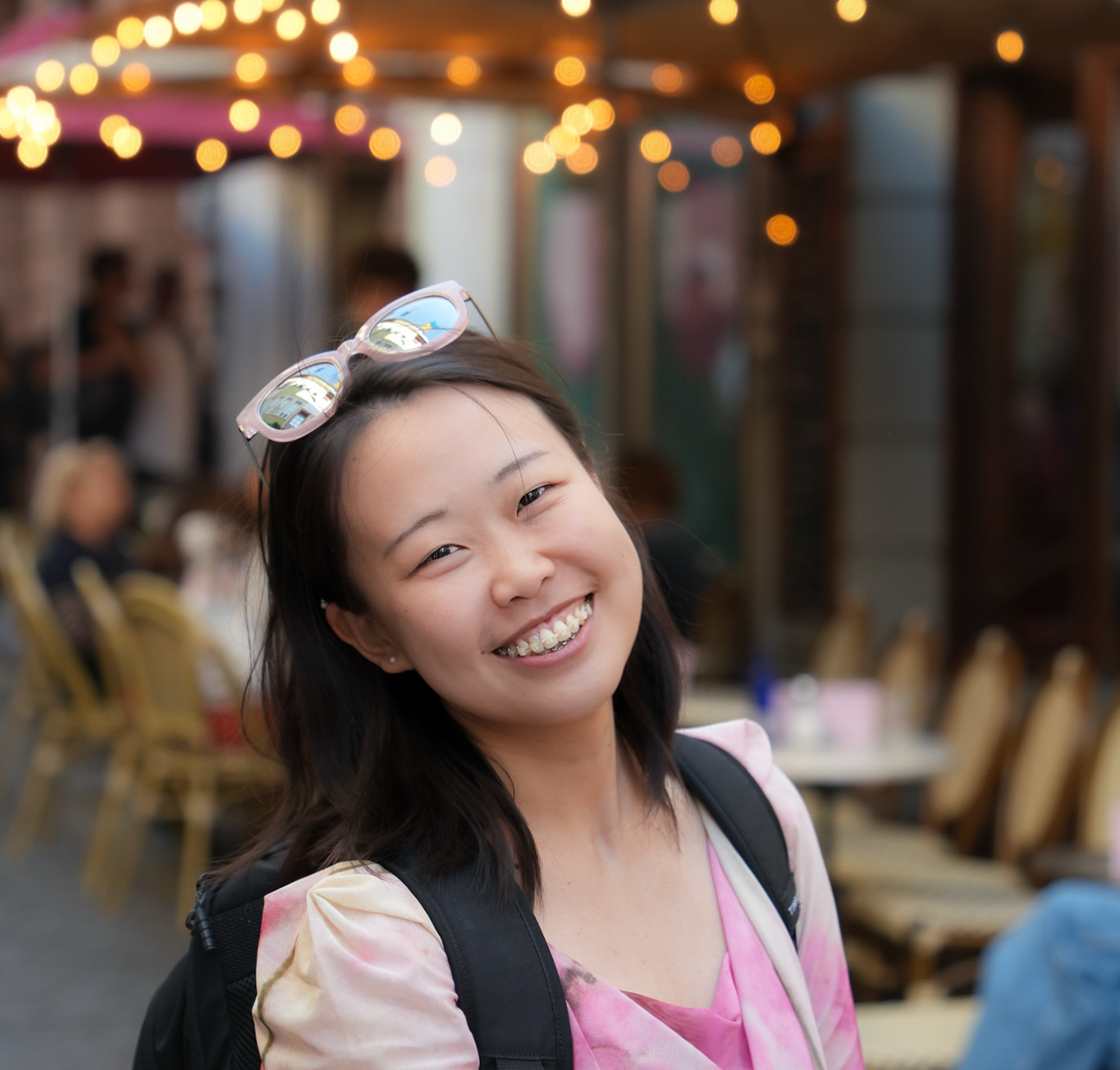
Fall 2025 GRASP SFI: Rao Fu, Brown University, “From Words to Worlds: Bridging Linguistic and Spatial Physical Intelligence”
October 15 @ 3:00 pm - 4:00 pm
This is a hybrid event with in-person attendance in Levine 307 and virtual attendance via Zoom.
ABSTRACT
Artificial intelligence has achieved remarkable advances in linguistic intelligence, enabling machines to process and generate language proficiently. Yet to truly assist people in everyday life, machines must also develop spatial physical intelligence—the ability to perceive, interpret, and act within high-dimensional physical environments. This involves not only understanding complex spatial signals but also executing dexterous, embodied actions that resist simple linguistic description.
In this talk, I will present my research on advancing spatial physical intelligence across three interconnected domains: object geometry generation, dexterous motion capture and generation, and house-scale scene generation. I will discuss fundamental challenges, including large-scale data collection for multi-sensory physical interaction, efficient representation of high-dimensional spatial signals, and interpretable modeling of spatial physical relationships.

